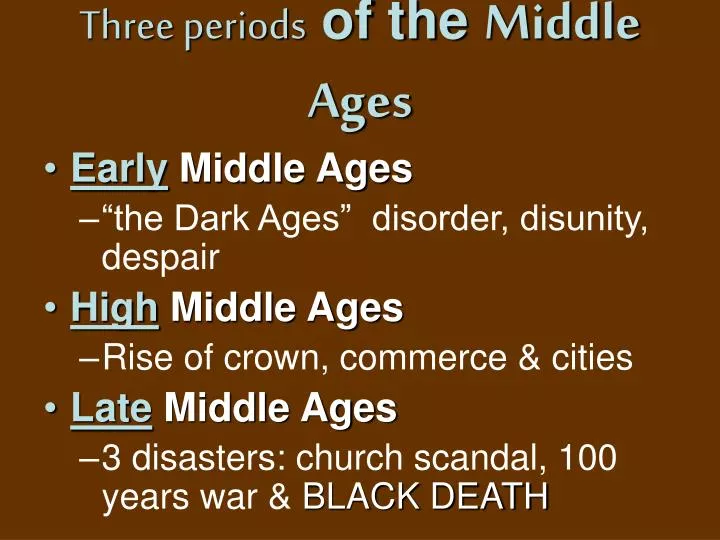

First, the Catholic Church promoted the Middle Ages both as a moral and a scientific age.

These undertakings played out on two fronts. Scientific endeavors in medieval studies gave rise to the gradual integration of medieval disciplines into the university, the creation of journals and the establishment of societies dedicated to the study of the Middle Ages, as well as the organization of international congresses. In history, literary studies, linguistics and philosophy, medieval studies were deeply renewed. These imagined Middles Ages, fleshed out by arts and literature, played a significant role in the reorganization of the sciences that took place over the nineteenth century, giving rise to the modern system of disciplines. However, Romanticism and the Anti-Enlightenment singled them out as an emblem of a lost paradise, that is, a united, Christian society. In a temporal framework that was oriented towards the Revolution and industrialization, the Middles Ages were conceived of negatively. The process of periodization through which European societies conceived themselves as “modern” produced an historical representation of alterity: the “middle” age that Renaissance thinkers conceived as the millennium separating them from Antiquity. At the turn of the nineteenth century, the Middle Ages, both as a concept and as a period, became a point of reference for the historical sciences.


 0 kommentar(er)
0 kommentar(er)
